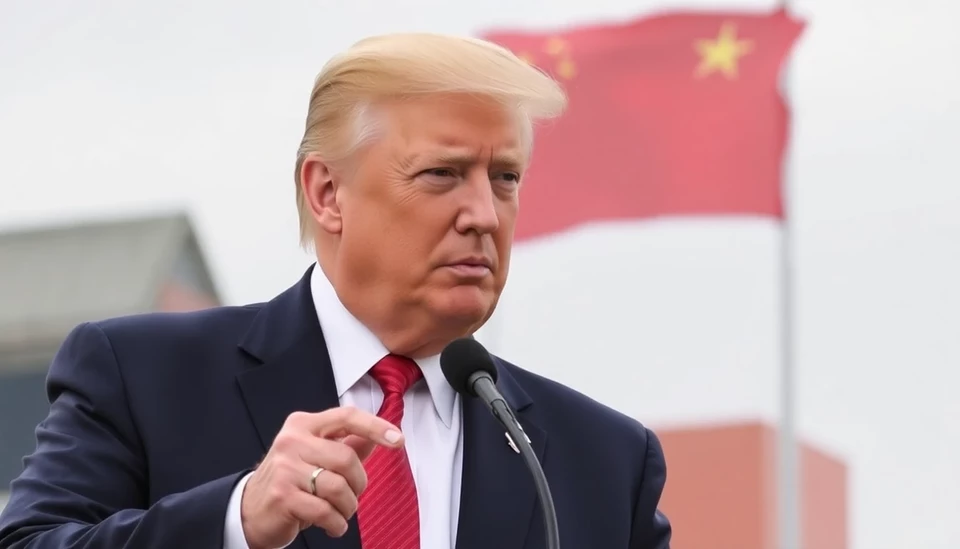
In a significant move that could redefine international trade dynamics, a 10% tariff imposed by former President Donald Trump on a wide array of goods imported from China has officially gone into effect. The deadline, which many anticipated would lead to extended negotiations or potential extensions, has now passed, marking an important juncture in U.S.-China relations.
This new tariff, first recommended in 2018 during Trump's administration, is now a critical element of trade policy that aims to counteract what the U.S. government has historically described as China’s unfair business practices. The implementation of this tariff is seen as a continuation of the tough stance against China's trade tactics, which have led to significant economic tension between the two nations.
While the trade war initiated by Trump was known for its aggressive measures including previous rounds of tariffs, this particular 10% rate targets a diverse range of goods, including electronics, textiles, and agricultural products. Analysts warn that while the tariffs are aimed at protecting U.S. industries, they could also inadvertently raise costs for American consumers and businesses that rely on Chinese imports.
The economic repercussions of this tariff have been a topic of intense discussion among economists and industry leaders. As businesses navigate these changes, many are concerned about the potential increase in prices for everyday goods as importers may pass on the costs to consumers. The broad implementation of this tariff raises questions regarding inflationary pressures at a time when the economy is still grappling with recovery post-pandemic.
In response to this tariff, China has voiced considerable displeasure, with officials reiterating that such measures are harmful not only to the two countries' economic well-being but also could affect global trade stability. As the world's two largest economies clash, both sides are likely to brace for a period of heightened tensions and uncertainty regarding future trade agreements.
As the Biden administration assesses the implications of these tariffs, it remains to be seen whether there will be any adjustments or negotiations aimed at providing relief. Lawmakers from various sectors are pushing for a comprehensive review of the impact of these tariffs and exploring potential strategies to alleviate the economic strain on consumers and businesses alike.
This latest development is poised to significantly affect upcoming U.S.-China trade negotiations, especially as the world watches how both nations will handle such contentious economic policies. With the state of global supply chains continuing to be fragile, the effects of these tariffs could resonate far beyond the realm of U.S.-China relations, influencing global markets and international politics.
Moving forward, stakeholders on all sides will need to remain astute to the ongoing shifts in trade policies and the resulting economic landscapes that emerge from these decisions. The full scope of the ramifications of the 10% tariff will likely unfold in the months to come, making it a key issue to watch in the evolving narrative of U.S.-China trade relations.
As the situation develops, companies, policymakers, and consumers must stay informed to navigate the changing tides of international trade influenced by these import taxes.
#TrumpTariff #ChinaTrade #TradeWar #Economics #USChinaRelations #GlobalTrade #Tariffs #InternationalRelations #ConsumerPrices #BidenAdministration
Author: Daniel Foster




